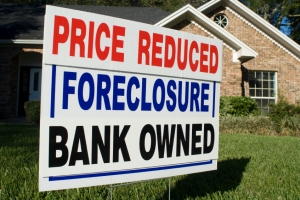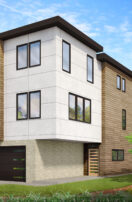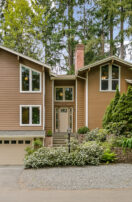Five years into the housing crisis, and foreclosures remain elevated. We’ve seen temporary lulls in home repossessions that coincided with the implementation of new state and municipal mediation efforts, moratoria enacted as federal programs ramped up, and suspensions of filings as lenders initiated paperwork reviews last fall.

But by all accounts, the foreclosure tide has yet to ebb, and the massive supply of bank-owned homes building over the last half-decade has taken its toll on market fundamentals. What’s become of all those properties seized by banks? CoreLogic delved into the stats to find out. The company’s analysts took a closer look at the post-foreclosure outcomes of properties since 2006.

But by all accounts, the foreclosure tide has yet to ebb, and the massive supply of bank-owned homes building over the last half-decade has taken its toll on market fundamentals. What’s become of all those properties seized by banks? CoreLogic delved into the stats to find out. The company’s analysts took a closer look at the post-foreclosure outcomes of properties since 2006.
In 2006, just as the housing bubble popped, over 355,000 properties proceeded through a foreclosure auction. CoreLogic’s data show that approximately 34% (122,000) were successfully bid on by an investor. The remaining 66% (233,000) went back to the banks as REO properties.Of the properties that went into REO, CoreLogic reports that 90% (210,000) were liquidated as REO sales to third-party buyers. Nearly half of those sales took six months or less to complete, but 21% took 12 months or longer.
Nearly 10% (23,200) of the properties added to the REO inventory in 2006 remained in REO as of mid-2010, according to CoreLogic’s analysis. Similarly, of 2007’s REOs, 10 percent have never left the banks’ books. CoreLogic says investors have shifted from buying properties at foreclosure auction to buying properties at the REO sale, increasing the burden of losses on banks holding REO properties. The company also found that only 2% of the bank-owned homes bought with a mortgage in 2006 have since been foreclosed on again and made an encore appearance as REO. “This indicates that REO recidivism is not as significant a concern as previously thought,” CoreLogic said in its report.
Nearly 10% (23,200) of the properties added to the REO inventory in 2006 remained in REO as of mid-2010, according to CoreLogic’s analysis. Similarly, of 2007’s REOs, 10 percent have never left the banks’ books. CoreLogic says investors have shifted from buying properties at foreclosure auction to buying properties at the REO sale, increasing the burden of losses on banks holding REO properties. The company also found that only 2% of the bank-owned homes bought with a mortgage in 2006 have since been foreclosed on again and made an encore appearance as REO. “This indicates that REO recidivism is not as significant a concern as previously thought,” CoreLogic said in its report.






84 Responses